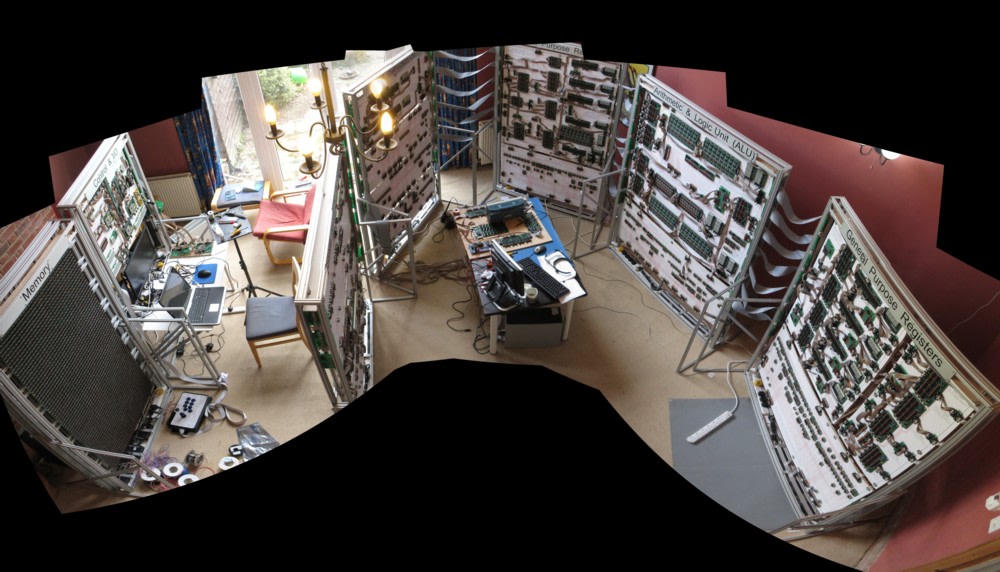
Whilst we wonder at advances in computing, we evaluate the mechanical calculators that crammed rooms with the smartphones in our wallet. At the same time as our palm-sized miracles are magnitudes moreeffective than the processors that put men on the moon, their internals are so complex that they’reextremely tough to conceptualize. One man wanted to look for himself how a present day laptop works, so he began building one in 2012 that elevated its digital guts throughout the room, laying out itsstructures for the layman to apprehend. Ultimate week, he subsequently finished his macro system: Behold, the Megaprocessor.
To be clear, digital electronics engineer James Newman constructed it out of hobbyist interest, not toconstruct a homebrew Cray competitor. His mission has about forty,000 transistors, 10,000 LEDs to visualize information motion and weighs approximately 500kg but does the computing task of afashionable chip-sized microprocessor. It is greater of an educational tool than an green setup, howeverin a demonstration video, Newman indicates off its computational heft by using the use of it to play Tetris.
If this appears like a exceptional use of your money and time, be forewarned: the author estimates that the Megaprocessor fee him approximately £40,000 to make. It additionally took him almost 4 years to finallywhole, and the end result is a wonder of custom soldering and wiring. however if you don’t need to sink that tons of your lifestyles into repeating Newman’s Herculean undertaking, you could watch him strollthru how his creation capabilities in a video series up on YouTube.
Source: BBC
Coverage: Megaprocessor
In this text: diy, do it yourself, doityourself, gear, private computing, personalcomputing




